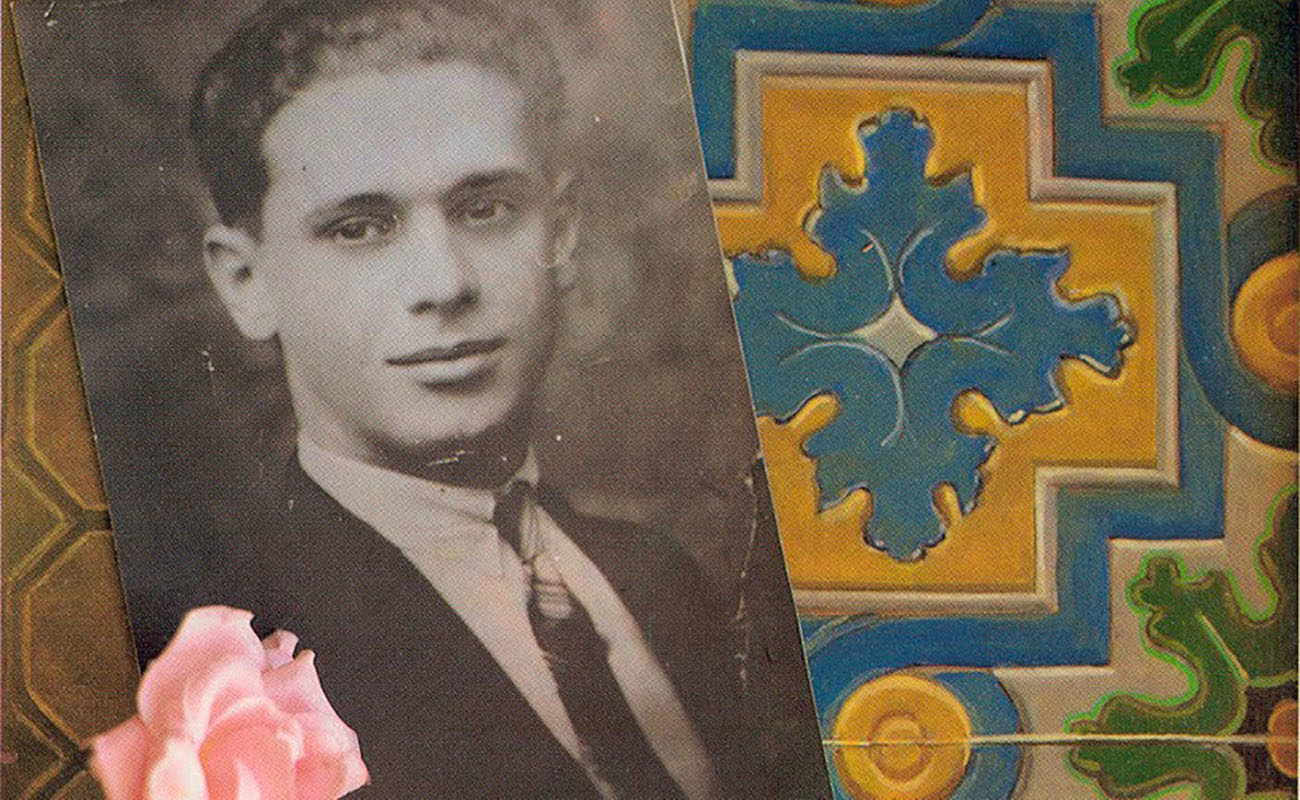Is there such thing as the best cantaor in history?
It’s a very human thing to feel an intense passion for an artist who has captivated our souls. Today I’m better able to analyse cante in a colder and more rational way, because no young artist has been able to get me hooked like Morente, Lebrijano or Camarón did. There are no longer stars of that caliber.

Is there such thing as the greatest cantaor or cantaora? Juan de Juan, that imitator of Marchena, from Córdoba, often says the that the best is whoever we like better, and he has a point. Yesterday, July 2nd, was the 27th anniversary of Camarón‘s death and the social networks were filled with tributes to this genius, with many people stating that he was the best of all times. Better than Chacón, Niña de los Peines, Marchena, Caracol, Vallejo and Mairena? That would be impossible, but everyone has a legitimate right to say what they feel like.
It’s very difficult to be objective in this topic, because the love and passion we feel for our idols in cante or toque clouds our judgment. The same happens regarding Paco de Lucía, considered by many the best of all times. Some people limit the history of flamenco to the duo Paco-Camarón, which is like limiting the history of painting to Velázquez and Picasso and poetry to Machado and Lorca. Yet, it’s a very human thing to feel an intense passion for an artist we admire or who has captivated our souls by moving us deeply. This also happens to me, a flamenco critic who is supposed to control the emotions, to be as objective as possible.
«I enjoy listening to Chacón, Manuel Torres and Marchena as much as I enjoy listening to Perico el Pañero, El Cabrillero and Rancapino Chico. I love cante and I experience it without prejudices. Certainly it’s because I’ve grown old»
The first cantaor who truly captivated me was El Carbonerillo (Seville, 1906-1937), that brilliant cantaor from Sol Street. So much so that I wrote his biography. I was so obsessed with Manuel Vega García (Carbonerillo’s actual name) that I lost my sleep and I looked for anything about him left in Seville: photographs, posters, personal belongings… I sought his living sisters to hear stories about him, and when I discovered that he had been buried at Seville’s San Fernando Cemetery, I used to visit his resting place almost every month to engage in imaginary conversations with him. Seriously, for me El Carbonero was like God, the best singer of fandangos in history, having one of the purest voices I’ve ever heard. Many years later the same happened with Enrique Morente, the maestro from Granada whom I miss so much. I was very young when I sung his songs, particularly La Estrella, which captivated me. However, since I was under the spell of mairenismo, I acknowledge that I didn’t understand many things about Morente and that he bored me sometimes. All that changed when I started studying his discography and I discovered that he was not just a great cantaor, but also a brilliant innovator. He was much criticized in Seville, by the way, and that’s why I often stood by his side, defending him tooth and nail, and that brought me many problems with the most die-hard mairenistas and gitanistas.
These days my perspective about cante is very different that what it was fort years ago, and I’m not as passionate. Perhaps I’m better able to analyse it in a colder and more rational way because no young artist has been able to get me hooked like Morente, Lebrijano or Camarón did. Today there are no stars of that caliber. So I enjoy cante in a more quiet and relaxed way, without unbridled passions or late drunken nights in forsaken peñas. I enjoy listening to Chacón, Manuel Torres and Marchena as much as I enjoy listening to Perico el Pañero, El Cabrillero and Rancapino Chico. I love cante and I experience it without prejudices. Certainly it’s because I’ve grown old.
Translated by P. Young




